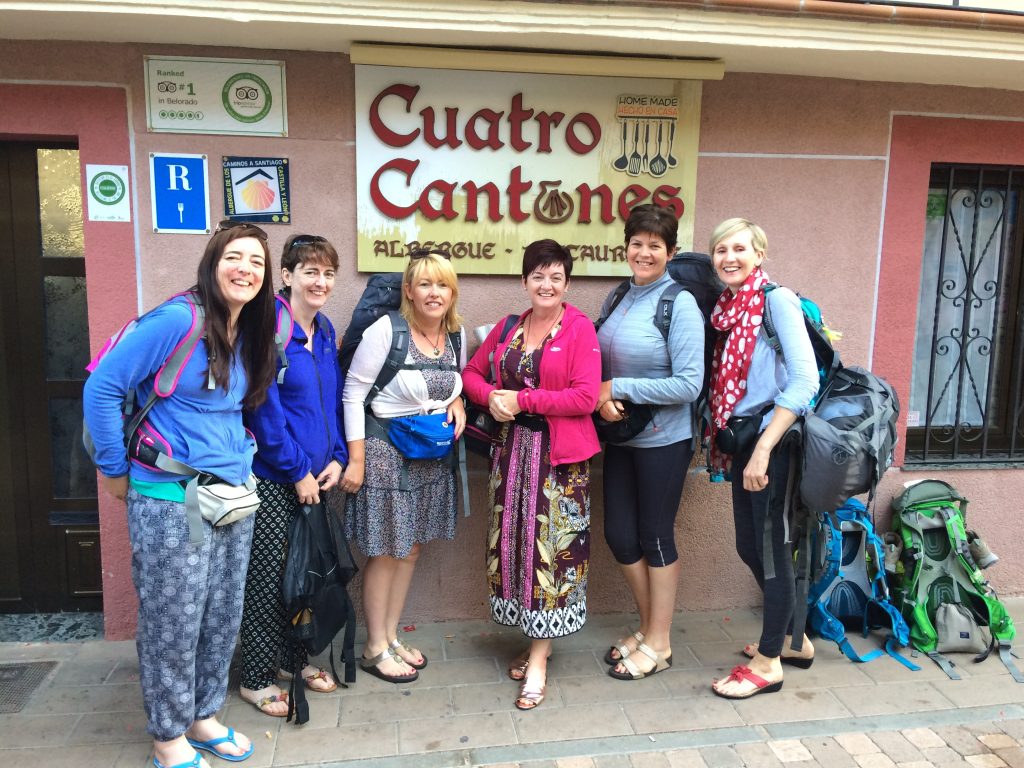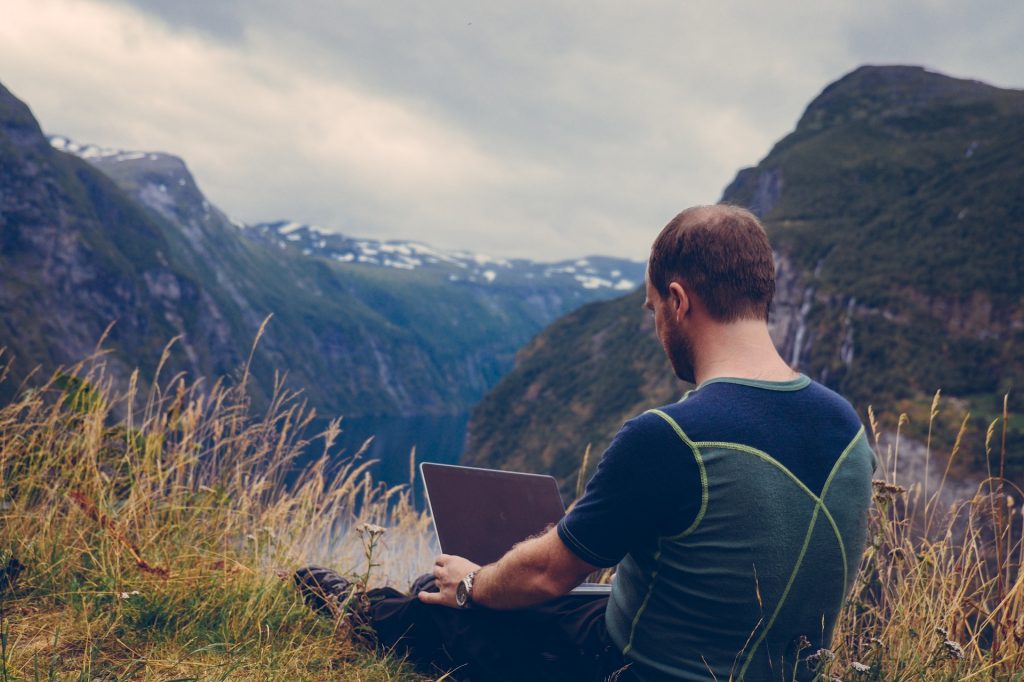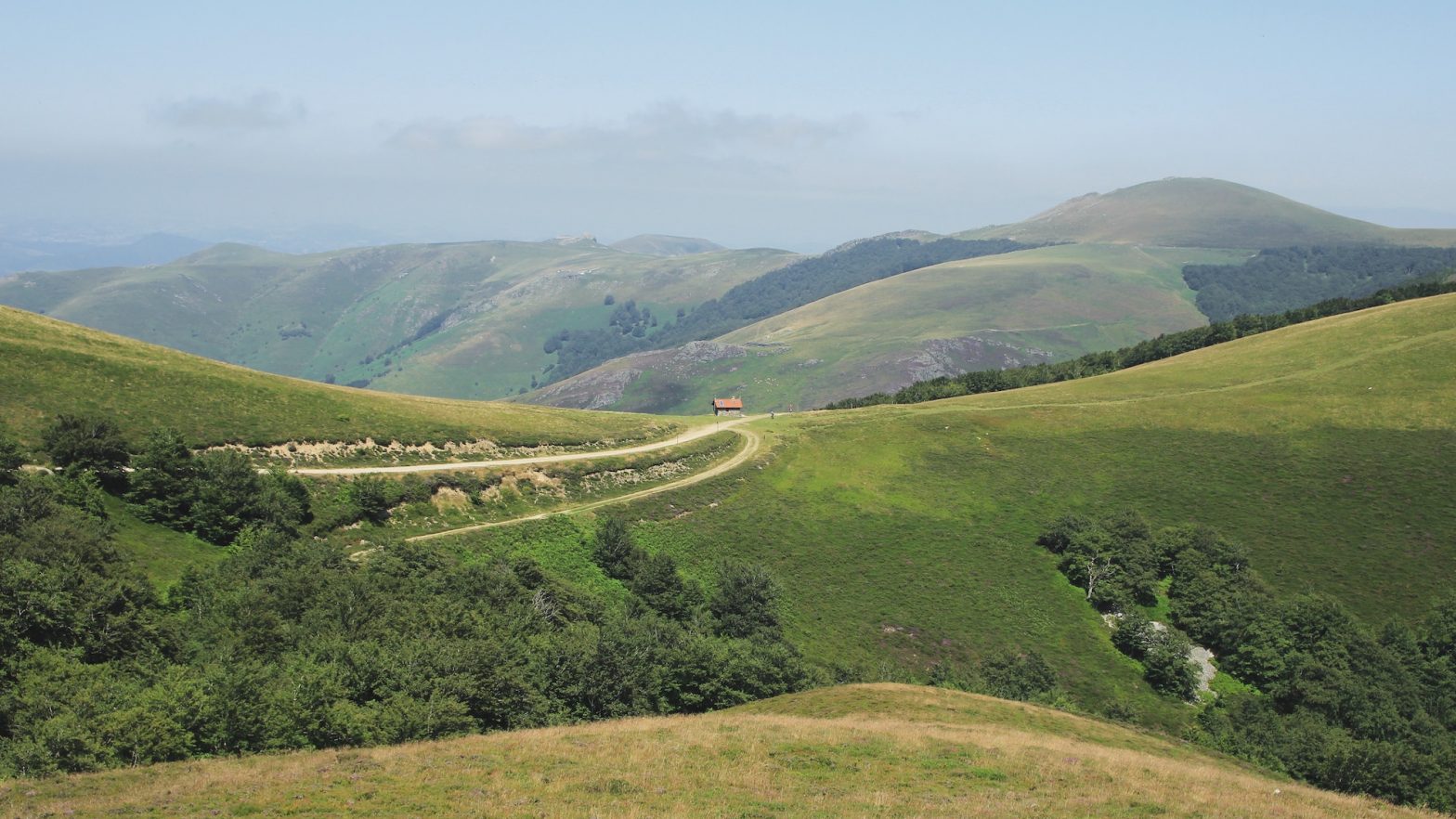In my experience, people don’t seem to get what being a digital nomad is all about. What’s the point of traveling half-across the globe to some exotic location, if you’re going to stay rooted in one spot, working from 9 till 5 in some stuffy co-working space? I just don’t see the benefit of trading your local office for an overseas one.
For me, being a digital nomad is about living life on the road, while still being able to pursue your career of choice. It is the perfect blend of work, leisure and adventure. One of my most memorable sojourns as a digital nomad was the one I took along the Camino de Santiago.
Also known as the Way of Saint James, the Camino de Santiago is a pilgrimage route that traces its history to medieval times. The goal of the journey is to visit Santiago de Compostela, a cathedral in Northern Spain, the purported final resting place of the remains of Saint James.
This is by no means an easy trip, especially when you have to work along the way to support yourself, but it is definitely achievable. To give you a taste of what to expect, I have tried to distill my own experience on the Camino into a guide which you can find below.
What I Brought
This part is fairly straightforward. I simply packed basic hygiene products, a couple of useful tools, and enough clothes to last me a couple of days, washing them at places I stayed along the way. I bought a used pair of quality hiking boots, so I wouldn’t have to deal with pain and blisters from having to break in new shoes. I also packed a portable battery pack for my laptop, in case I needed to do work at a place without an electrical outlet. Finally, I took out a pilgrim’s passport or credencial, which is a document you can use to stay at hostels, inns and monasteries at a lower cost.
The Route I Took

The journey can last several months, depending on which route you take. For my trip, I choose the one called the Portuguese Way, which starts off at Lisbon in Portugal, and is about 610km long in total. I took the journey on foot for the authentic pilgrimage experience, but it is quite possible to complete it by bike as well, just be aware that there are some troublesome elevations along the way. The best time to take the pilgrimage is during the spring, when the temperature hovers around 20° Celsius. If you end up taking the Portuguese Way, be sure to make a stop at the Castle of St. George in Lisbon for a spectacular view of the city.
Where I’ve Stayed
As I’ve mentioned, most people who traverse the Portuguese Way tend to find accommodation along the road. With a pilgrim’s passport, you can pay a fraction of the price at most hostels, and some monasteries (or refugios as they are called in Spain) will let you stay free of charge for a single night, if their capacities allow it. It is also possible to bring your own tent, but with all the walking you will do, it can be quite burdensome. Food is cheap and plentiful on the Camino, so you don’t have to worry about carrying anything but a snack or two. If you like seafood, you can try many regional specialties in places such as Porto, Tui and Caldas de Reis.
Who I’ve Met

The best part about being a digital nomad is getting to meet people from all across the world. You might think that a pilgrimage route is not exactly the best place to do this, but you would be sorely mistaken. About 30,000 pilgrims walk the Portuguese Way each year, most of them being foreign nationals. Since you will be sharing the road with these people, it is very easy to get a conversation going by the roadside. I still keep in touch with a couple of friends that I met along the way during my trip. Although they are not numerous, there are other digital nomads on the Camino as well. To get in touch, you can search Facebook for groups based around a particular route, such as the Portuguese Way.
How I Worked

As a digital nomad, I have to work with clients online on a daily basis. This added an extra layer of difficulty to my trip on the Camino, but it was nothing insurmountable. For starters, practically all the hostels that I stayed at had WiFi internet access, so I could spend my evenings catching up with work. During the daytime, I sometimes worked in cafes in bigger cities such as Porto and Coimbra. I even used my mobile internet on occasion to get an extra bit of work done while I was on the road in the middle of nowhere. Don’t do this however if you are only taking your local number with you, as it can become quite costly very soon. If all else fails, you can hitchhike to a nearby town and find a public access point at a library or a school. I used to sit down at all the oddest places by the road to do a bit of writing – yet I often wasn’t the only one lugging a laptop around, so it is definitely doable. Just make sure you are aware in advance that you will have to work on the fly at times, and don’t stress out about it in advance.
Parting Words
The two months that I’ve spent on the Camino de Santiago were some of the most memorable ones during my career as a digital nomad. It was the quintessential road-trip, one where you earn your keep while moving from town to town in the company of fellow travelers. If you are a digital nomad yourself, you should definitely give it a try.

